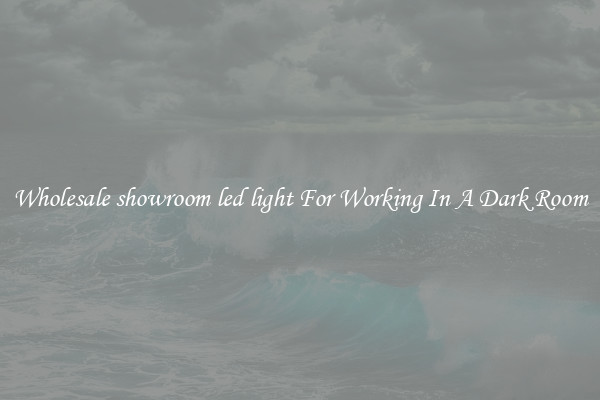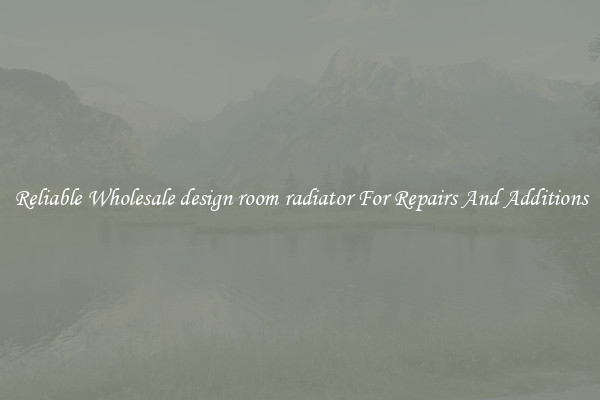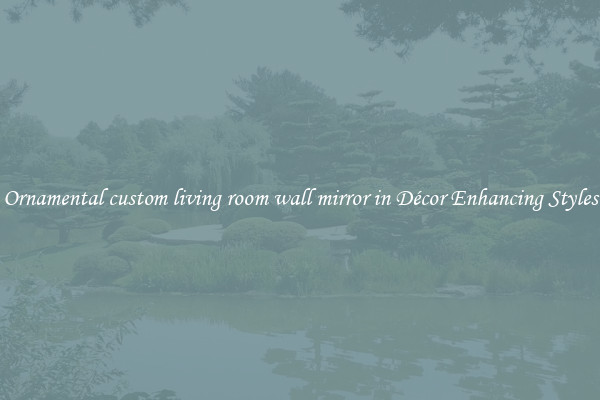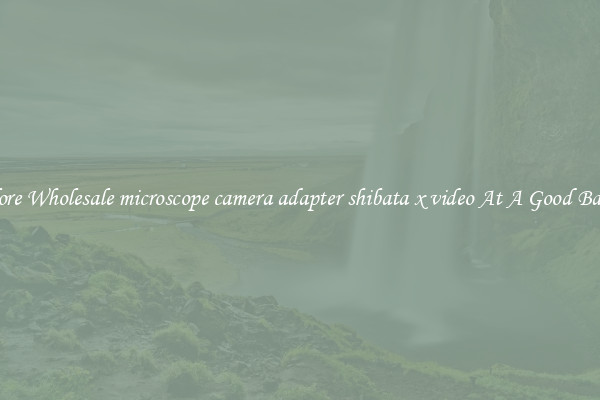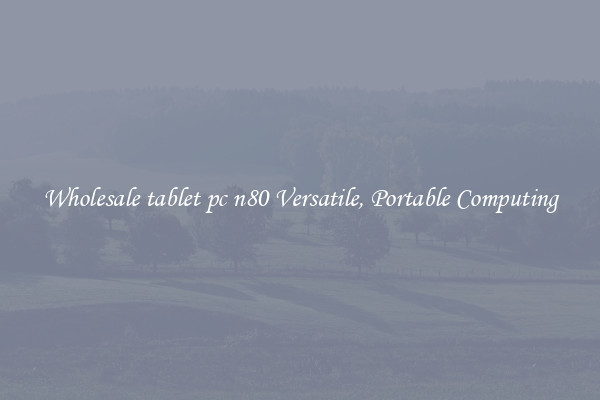Wholesale designing a grow room for Various Types of Planting
Wholesale designing a grow room for various types of planting
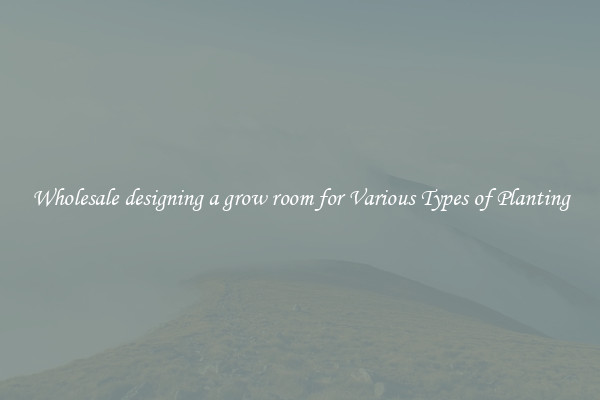
When it comes to growing plants indoors, wholesale designing a grow room is essential for optimal plant growth and yield. Whether you are a small-scale hobbyist or a commercial grower, creating the perfect environment for your plants is crucial. Here are some important factors to consider when designing a grow room for various types of planting.
1. Space and layout: One of the first things to consider when designing a grow room is the amount of space available. Calculate how much area you have and plan your layout accordingly. Optimizing the use of space is important, especially if you are growing multiple types of plants. Consider factors such as walking aisles, working areas, and spacing between plants to ensure proper ventilation and easy maintenance.
2. Lighting: Lighting is perhaps the most critical aspect of grow room design. Different plants have varying light requirements, so choose the appropriate lighting system accordingly. LED lights are popular among indoor growers due to their energy efficiency and ability to emit specific light spectrums suitable for various growth stages. Take into account the light intensity, coverage, and the distance from the plants to avoid issues like light burn or stretching.
3. Ventilation and air movement: Proper air circulation is vital for a healthy grow room. It helps control temperature, humidity, and prevents the buildup of carbon dioxide and other gases. Install exhaust fans and intake vents strategically to ensure the exchange of fresh air and removal of hot, stale air. Oscillating fans can also be used to promote air movement within the grow room, preventing mold and fungal diseases.
4. Temperature and humidity control: Different plants thrive in different temperature and humidity ranges. Invest in a reliable thermometer and hygrometer to monitor these factors accurately. A temperature-controlled environment ensures optimal photosynthesis and metabolic processes. Humidity control prevents issues like mold, mildew, and pests. Use dehumidifiers, humidifiers, or air conditioners to maintain the desired levels.
5. Nutrient delivery system: Depending on your planting method, implementing an efficient nutrient delivery system is crucial. Hydroponics systems require pumps, reservoirs, and tubing to deliver water and nutrients directly to the plant roots. Soil-based systems may require proper irrigation techniques and drainage systems. Ensure that your nutrient delivery system is easy to access, maintain, and adjust according to plant needs.
6. Pests and diseases: Preventing pests and diseases is integral to successful indoor gardening. Implement preventive measures like regularly sanitizing the growing area, using sticky traps, and installing proper air filtration systems. Also, consider natural pest control methods such as introducing beneficial insects like ladybugs or using neem oil sprays.
Wholesale designing a grow room for various types of planting involves meticulous planning and attention to detail. By focusing on space utilization, lighting, ventilation, temperature and humidity control, nutrient delivery, and pest prevention, you can create an ideal environment for your plants to thrive. Remember to research and choose appropriate equipment and systems based on the specific needs of the plants you are growing.

View details

View details

View details

View details
